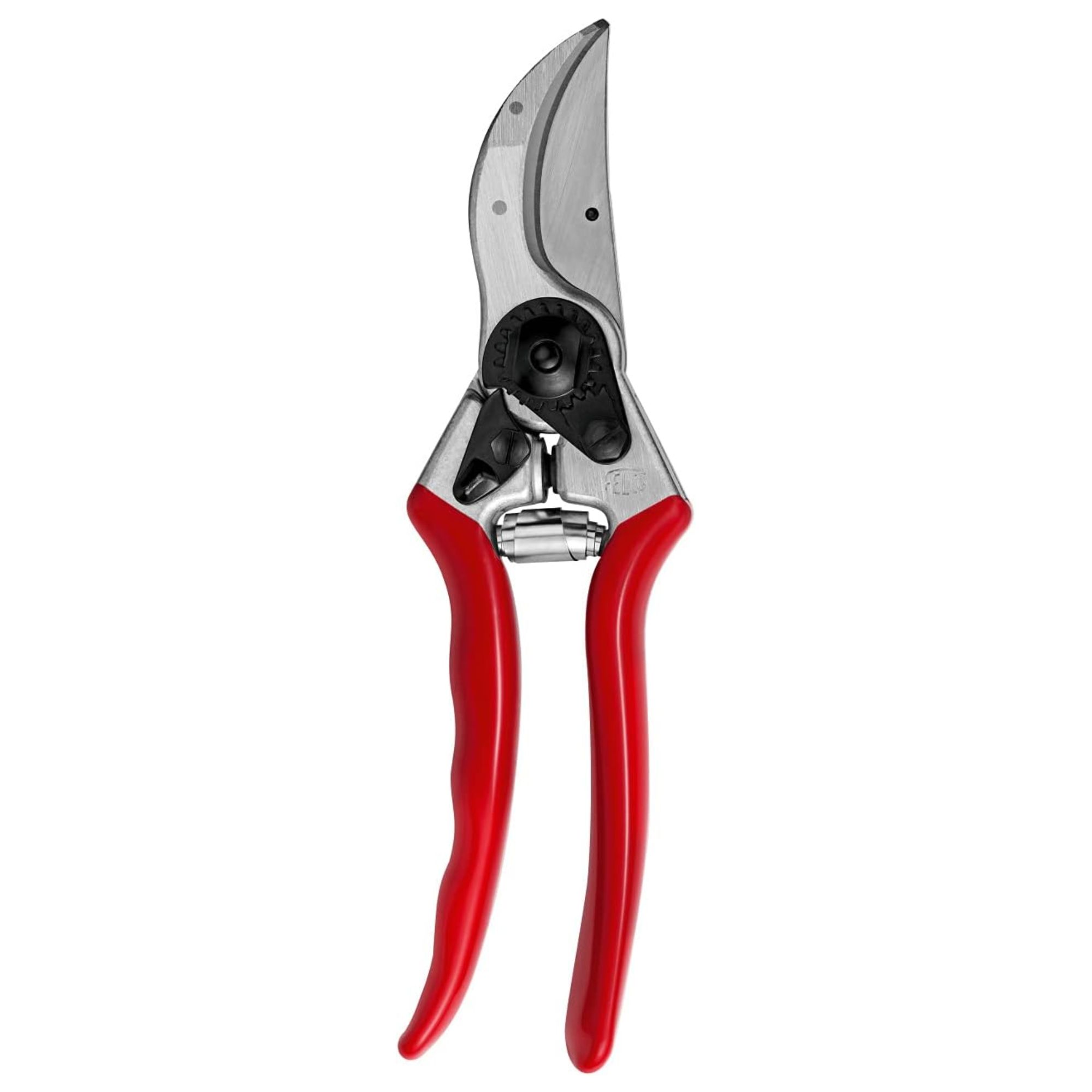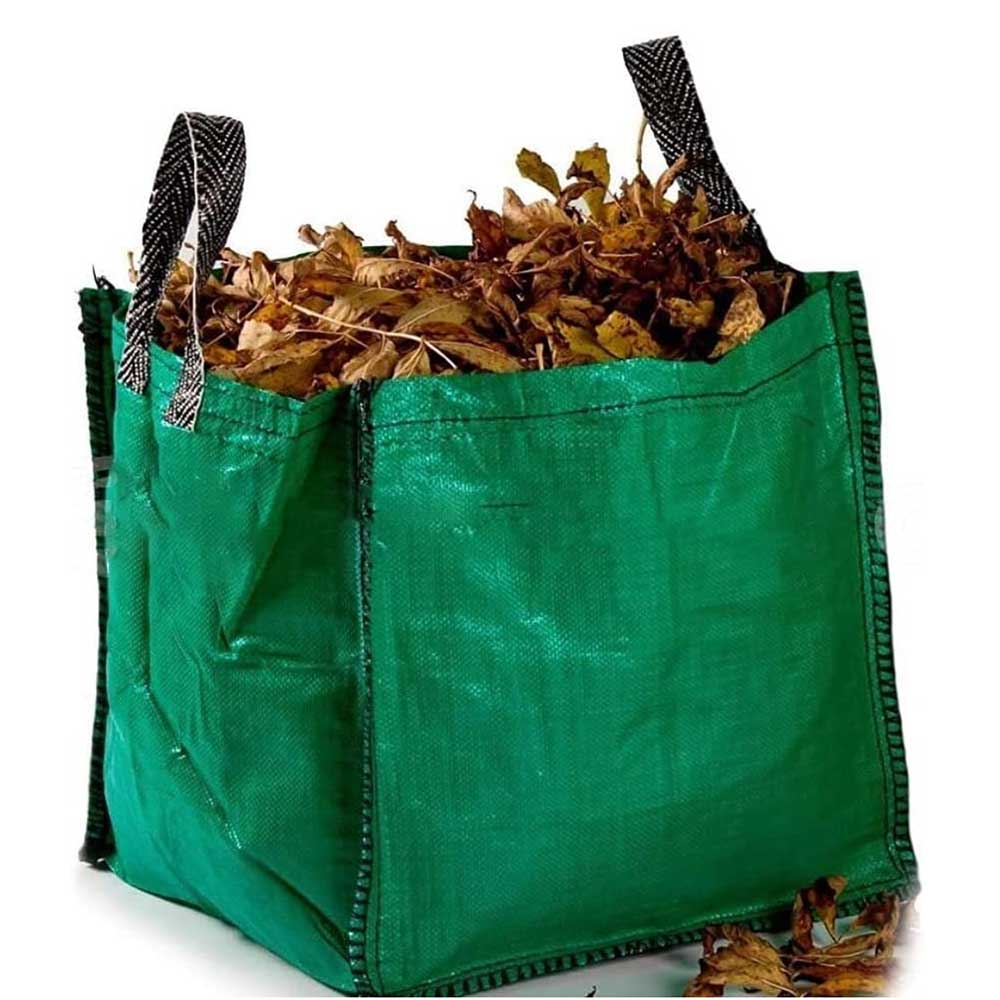How to prune salvias - an essential guide to ensure beautiful blooms
Consider this your essential pruning guide...

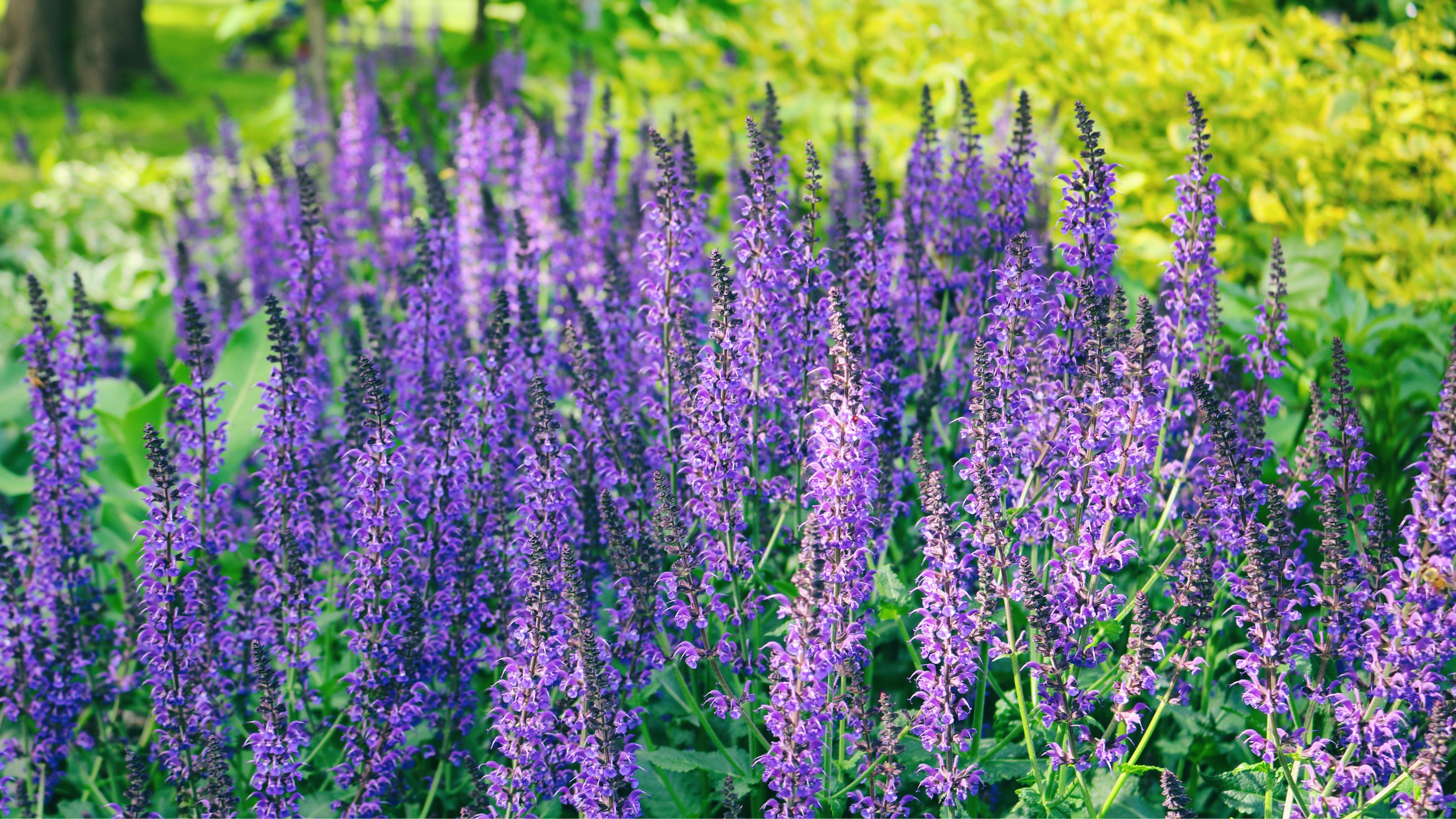
There's more to pruning salvias than simply knowing when to cut them back; after all, they're considered one of the best perennial plants to buy now and enjoy forever, so you must take the time to learn how to prune salvias like a pro.
As a rule, salvias are said to represent wisdom, a long life and good health... and not just for gardeners. In fact, they're also an RHS Plant for Pollinators, making them every bit as well suited for your wildlife garden as in your garden border ideas.
'Pruning salvias is essential for keeping them looking great and ensuring they bloom over a long period,' says Steven Bell, the CEO of Paving Shopper. 'Over the years, I’ve seen how regular pruning makes all the difference, particularly with perennial varieties like Salvia nemorosa and Salvia officinalis.'
Around now is the best time to cut back your salvias, late summer just as their main flowering season finishes, so that they have enough time to recover before winter sets in.

Steven Bell is the managing director of Paving Shopper, known for his expertise in gardening, landscaping and paving. He leads the company with a focus on quality and innovation, ensuring Paving Shopper remains a trusted source for diverse paving needs.
These drought-tolerant plants thrive with regular care, and pruning salvias keeps them bushy and full of life season after season.
What you will need
While some gardening jobs require a plethora of tools, you can actually get away with the bare minimum for pruning salvias; a pair of sharp, clean secateurs will usually do the trick, although it's a good idea to have a pair of gardening gloves and a bag to hand for all the cuttings, too.
Step-by-step guide
If you're working with annuals, good news; you won't need to prune these salvias at all – although deadheading is important if you want to keep them blooming. Bedding salvias, too, should be deadheaded regularly (and pinched out to keep them looking their bushy best).
Sign up to our newsletter for style inspiration, real homes, project and garden advice and shopping know-how
What of herbaceous salvias, semi-evergreen shrubby salvias, and tender salvias, though? Here's what you need to know...
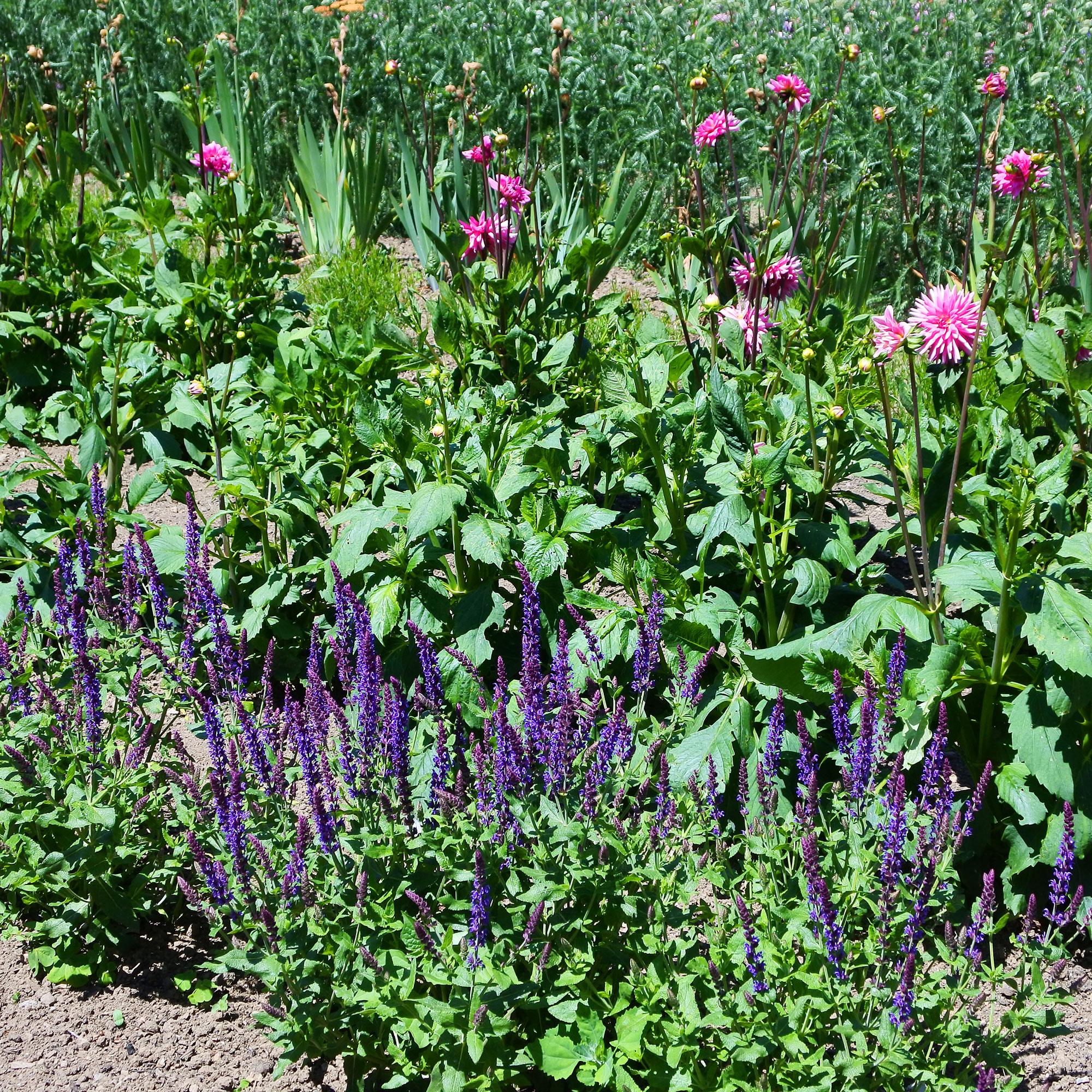
1. Remove any dead or diseased branches
As mentioned already, there's not really a one-size-fits-all rule when it comes to pruning salvias.
'Different types of salvias will have their own pruning needs, but, generally speaking, you should remove any dead or diseased stems/branches from your salvia,' says Morris Hankinson, director of Hopes Grove Nurseries.

Morris Hankinson is the founder and managing director of Hopes Grove Nurseries Ltd, the UK’s only specialist grower-retailer of hedging plants. He established the thriving business in 1992, shortly after graduating with a Commercial Horticulture Degree from Writtle College, Essex.
'You should also remove any that have fallen onto the floor to prevent further spreading of diseases,' he adds.
2. Cut and shape your salvia
The next step when pruning salvias is, of course, the bit that often causes anxiety for amateur gardeners; cutting it back.
As ever, it's a good idea to think of pruning like getting your hair trimmed, as it boosts growth and the general health of the plant.
'When it’s time for a bigger cut, I always remove about a third of the plant, focusing on the leggy, unproductive stems. It really freshens them up,' says Steven.
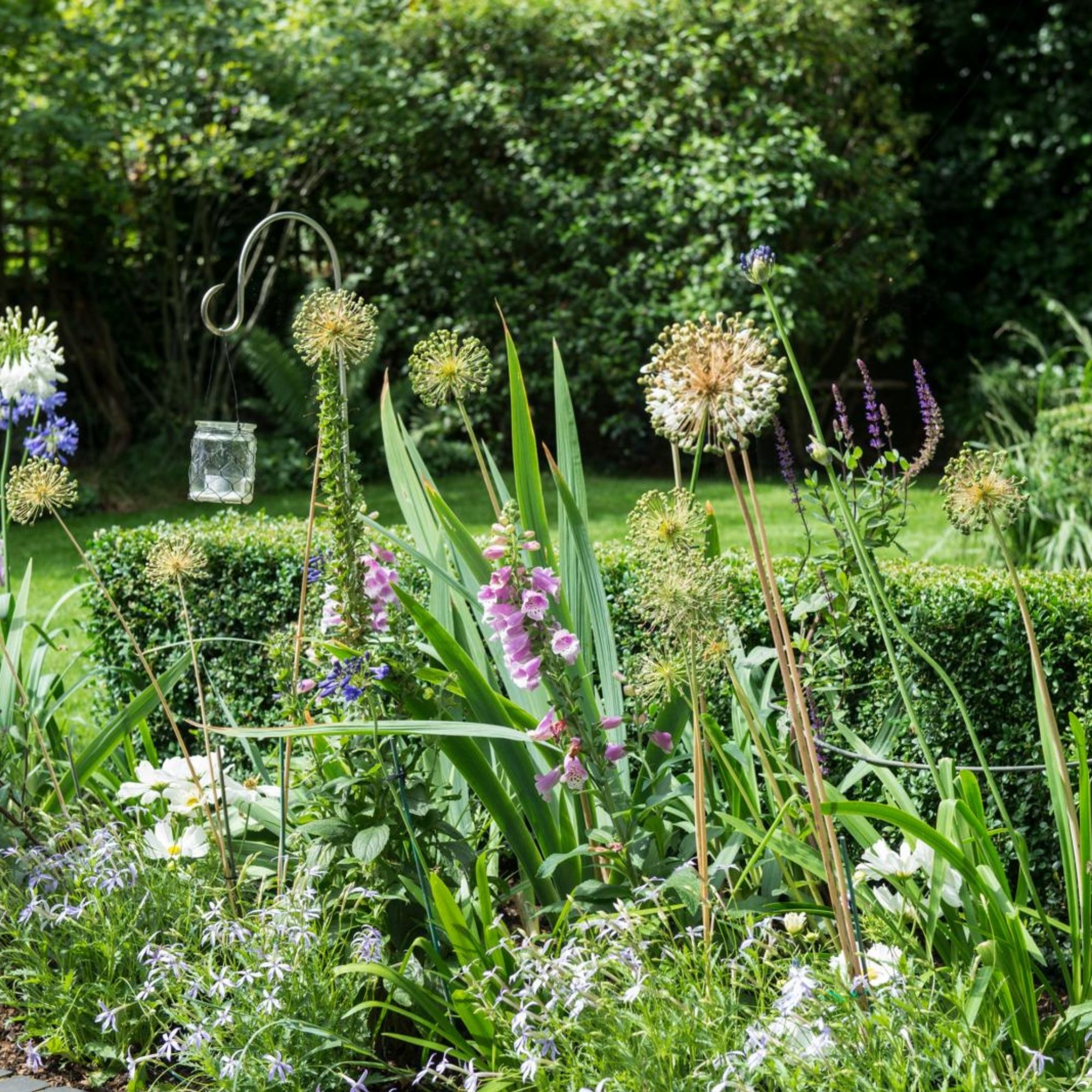
Of course, this is where it may differ slightly for different varieties of salvia.
'For some varieties with softer stems, you can prune all the way down to the ground, but for varieties with woody stems (e.g. salvia shrubs), you'll want to avoid pruning to the ground in case your plant goes into shock,' adds Morris.
'For woody stemmed-salvias, cut back to around three nodes and ensure you mulch well.'
If you'd like a little more detail on pruning salvias according to their type, we've crated the below cheat sheet.
- Bedding salvias: pinch out the shoot tips
- Herbaceous salvias: cut them back to ground level after the flowers have faded in the summertime
- Semi-evergreen shrubby salvias: either cut back the woody stems to 10cm or prune out any dead/damage shoots
- Deciduous shrubby salvias: cut back to a low framework about 5-10cm high
- Culinary and evergreen shrubby salvias: very little pruning required, just a simple cut back! 'With culinary salvias, like Salvia officinalis (sage), be cautious not to prune into the old wood,' says Steven. 'I learned this the hard way; once you cut into the older parts, they don’t recover well. Keep your cuts focused on the newer growth.'
Note: it's worth researching how to prune rosemary in a little more detail, as this culinary salvia is slightly different. - Tender salvias: either prune back to a low framework or renovate completely by cutting them down to the base
FAQs
When should salvias be cut back?
As a rule, salvias should be cut back in the spring or summer. 'The foliage left over from pruning salvias offers your plant some frost protection over the winter,' explains Morris Hankinson of Hopes Grove Nurseries.
Are you supposed to deadhead salvias?
According to gardening pros, you are supposed to deadhead salvias regularly to encourage more flowers – which is excellent news for both the plant and the planet, as it will encourage plenty more pollinators to your garden as a result!
Essentially, pruning salvias is a pretty easy job to tackle, so long as a) you curate it to the variety of salvia you've planted, and b) you make sure you save it for spring/summer, to give them time to recover ahead of the winter frost.
Happy pruning...

Kayleigh Dray became Ideal Home’s Acting Content Editor in the spring of 2023, and is very excited to get to work. She joins the team after a decade-long career working as a journalist and editor across a number of leading lifestyle brands, both in-house and as a freelancer.
